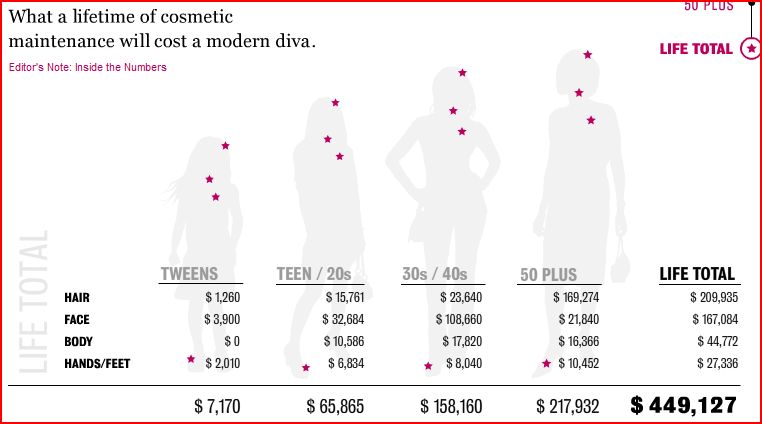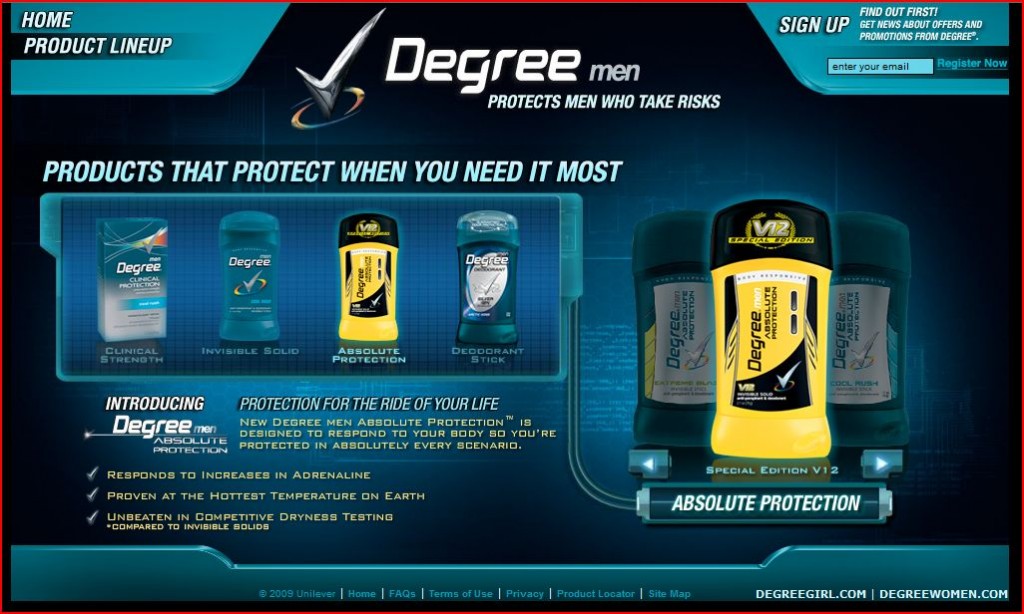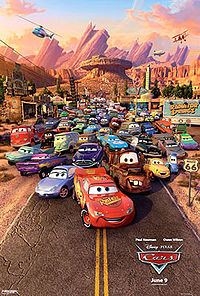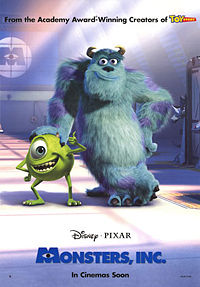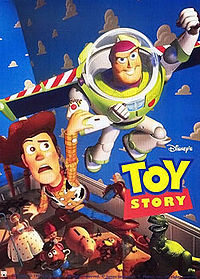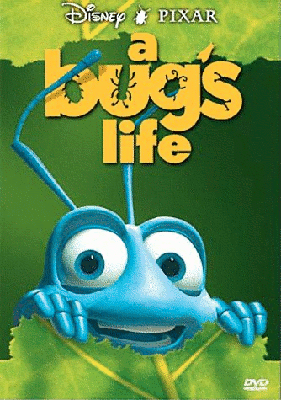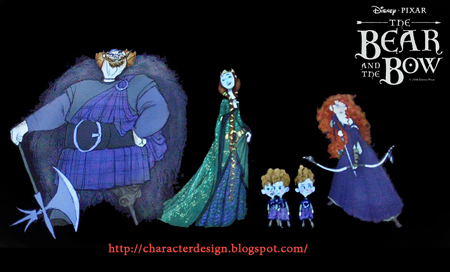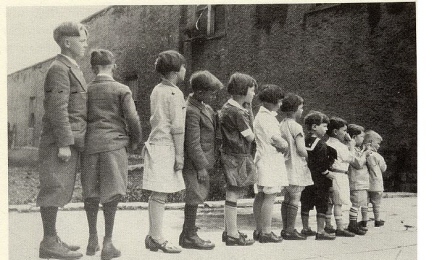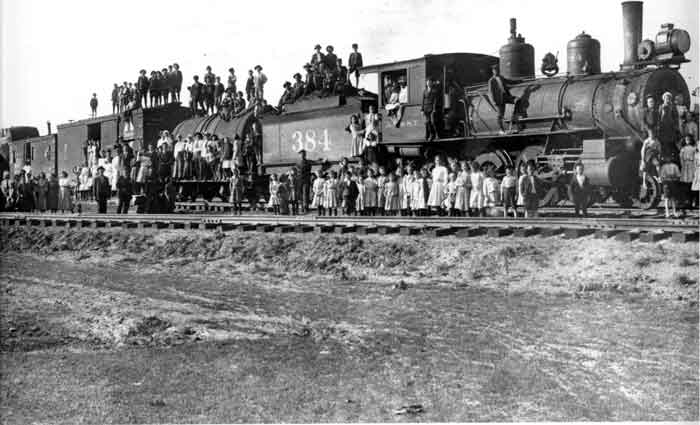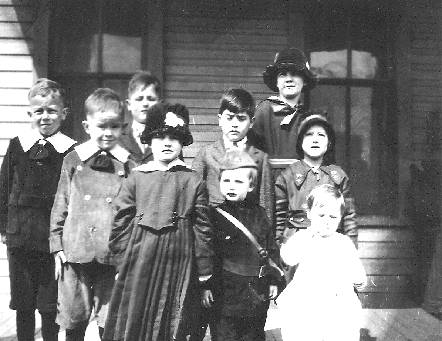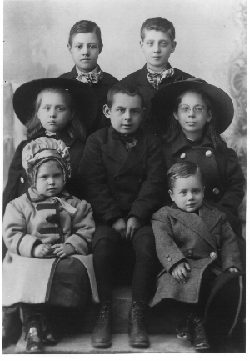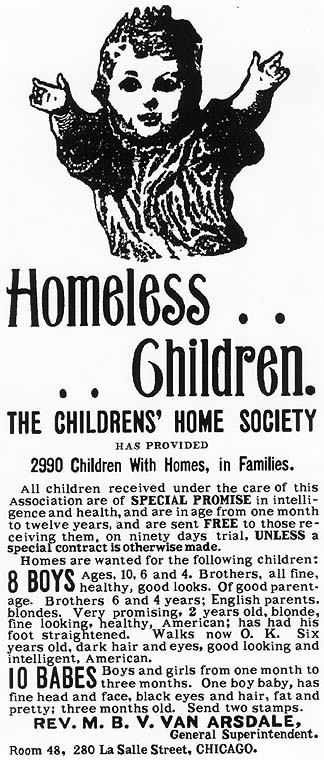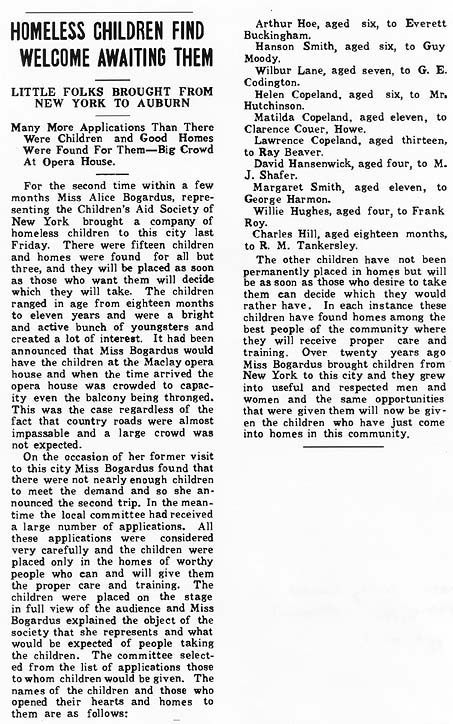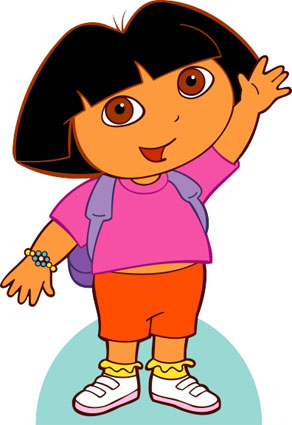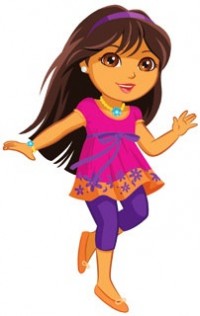ABC News has a segment where they recreated the famous 1940s experiment by Mamie and Kenneth Clark, in which African American children overwhelmingly preferred to play with a lighter-skinned doll than a darker-skinned one, saying the white doll was prettier. The ABC News experiment results were very different, with the vast majority of African American kids preferring the darker-skinned doll.
On the other hand, in Kiri Davis’s 2006 documentary “A Girl Like Me,” Black teen girls indicate that they still feel that “White” features (such as straight hair) are seen as more attractive and that even other African Americans reinforce the idea that lighter skin and straight hair are preferable (notice the girl talking about her mom’s comments about her hair starting at about a minute in):
[youtube]https://youtu.be/YWyI77Yh1Gg[/youtube]
This might lead to an interesting discussion about beauty standards and the idea of internalized racism–that is, that minority groups in the U.S. (as well as many other nations) are socialized into a set of cultural beauty standards that often depict their physical features as unattractive, or at least less attractive, than Whites, and that non-Whites may apply those beauty standards among themselves (for example, see this post about an African American club promoter who planned a party to which light-skinned girls would get in free).
Of course, there is also evidence that beauty standards among some U.S. racial and ethnic groups may differ from the general standard seen in fashion magazines, on TV, etc. So that brings up an interesting inconsistency: how do we explain the existence of different beauty standards (such as less emphasis on women being very thin) and internal racism? It would be a great topic to open up for discussion–how can both co-exist at the same time? Is it that different sub-groups hold each of those positions, with some groups having more varied beauty standards and others upholding mainstream standards? Or do individuals often express both positions at various times, perhaps finding a wider range of body sizes attractive but also preferring “White” hair and facial features? If you know of scholars that have specifically tried to explain this, I’d love to know about them.
UPDATE: Commenter Dubi adds,
In addition, it should be noted that the two dolls in the experiment were identical in all but skin colour, so things like hairstyle or facial features don’t get factored it. It is wholly possible that people do not judge people anymore by the colour of their skin, but things that are more “changeable” like hair colour and style are still seen as indicative of other qualities. This, of course, requires further study.
Gwen Sharp is an associate professor of sociology at Nevada State College. You can follow her on Twitter at @gwensharpnv.

